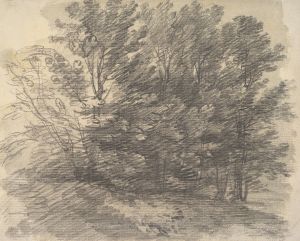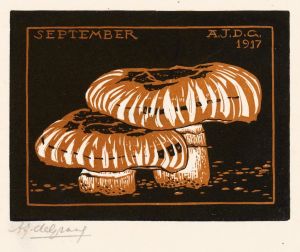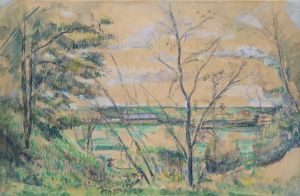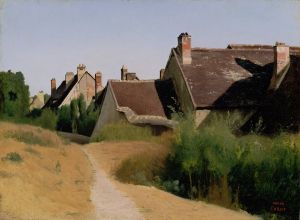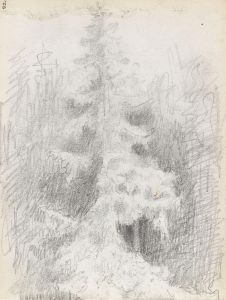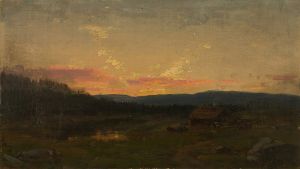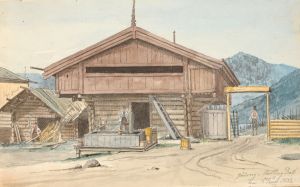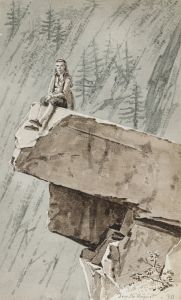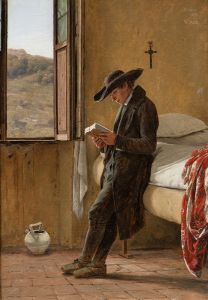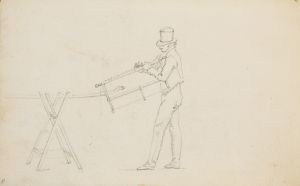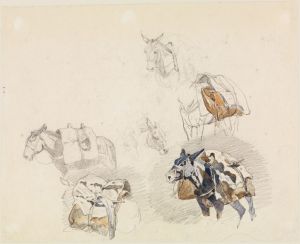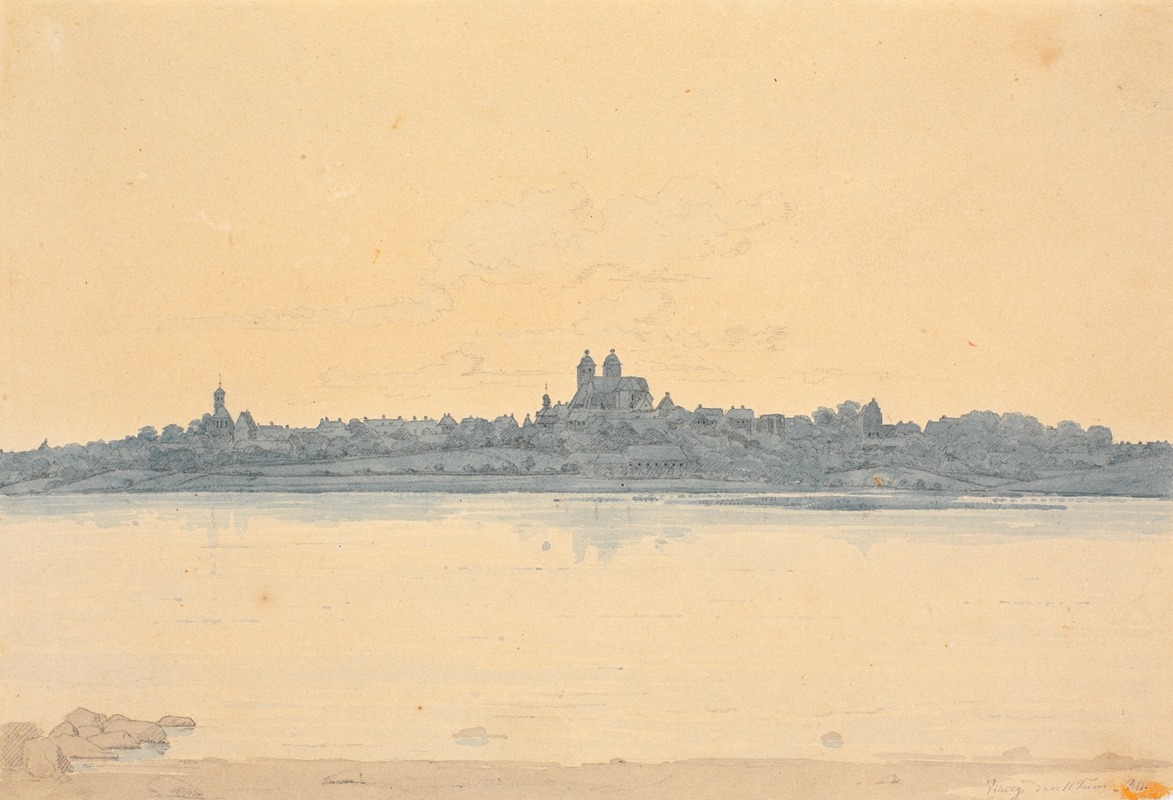
Viborg Seen from Asmild Klosterhave near Søndersø
A hand-painted replica of Martinus Rørbye’s masterpiece Viborg Seen from Asmild Klosterhave near Søndersø, meticulously crafted by professional artists to capture the true essence of the original. Each piece is created with museum-quality canvas and rare mineral pigments, carefully painted by experienced artists with delicate brushstrokes and rich, layered colors to perfectly recreate the texture of the original artwork. Unlike machine-printed reproductions, this hand-painted version brings the painting to life, infused with the artist’s emotions and skill in every stroke. Whether for personal collection or home decoration, it instantly elevates the artistic atmosphere of any space.
"Viborg Seen from Asmild Klosterhave near Søndersø" is a painting by the Danish artist Martinus Rørbye, a prominent figure in the Danish Golden Age of painting. Rørbye, born in 1803, was known for his landscape paintings and his ability to capture the essence of the Danish countryside and urban scenes with a keen eye for detail and atmosphere.
This particular painting, created in 1830, depicts a view of Viborg, a historic city in Denmark, as seen from the gardens of Asmild Kloster, near the lake Søndersø. Viborg is one of the oldest cities in Denmark, with a rich history that dates back to the Viking Age. The city is known for its significant medieval architecture, including the Viborg Cathedral, which is a prominent feature in many artistic representations of the city.
Rørbye's painting captures the serene and picturesque landscape surrounding Viborg. The composition likely includes elements typical of Rørbye's style, such as a balanced arrangement of natural and architectural features, with careful attention to light and shadow. His works often reflect a deep appreciation for the natural beauty of Denmark, as well as an interest in the cultural and historical significance of the locations he depicted.
The painting is an example of Rørbye's ability to blend realism with a sense of romanticism, a characteristic of the Danish Golden Age. This period, spanning the first half of the 19th century, was marked by a flourishing of arts and culture in Denmark, with artists like Rørbye playing a crucial role in defining the era's aesthetic values. His works are noted for their clarity, precision, and the subtle interplay of light, which together create a harmonious and evocative scene.
Rørbye was a student at the Royal Danish Academy of Fine Arts, where he was influenced by other prominent artists of the time, such as Christoffer Wilhelm Eckersberg, often referred to as the father of Danish painting. Under Eckersberg's tutelage, Rørbye developed his skills in capturing the Danish landscape with a meticulous attention to detail and a strong sense of composition.
Throughout his career, Rørbye traveled extensively, drawing inspiration from various European countries. However, his Danish landscapes remain some of his most celebrated works, as they encapsulate the spirit and beauty of his homeland. "Viborg Seen from Asmild Klosterhave near Søndersø" is a testament to Rørbye's mastery in landscape painting and his ability to convey the tranquil beauty of the Danish countryside.
Today, Rørbye's works are held in high regard and can be found in several major art collections, including the National Gallery of Denmark. His paintings continue to be appreciated for their historical significance and their contribution to the cultural heritage of Denmark. "Viborg Seen from Asmild Klosterhave near Søndersø" remains an important piece within Rørbye's oeuvre, exemplifying the artist's dedication to capturing the essence of Danish landscapes during the Golden Age of Danish painting.





